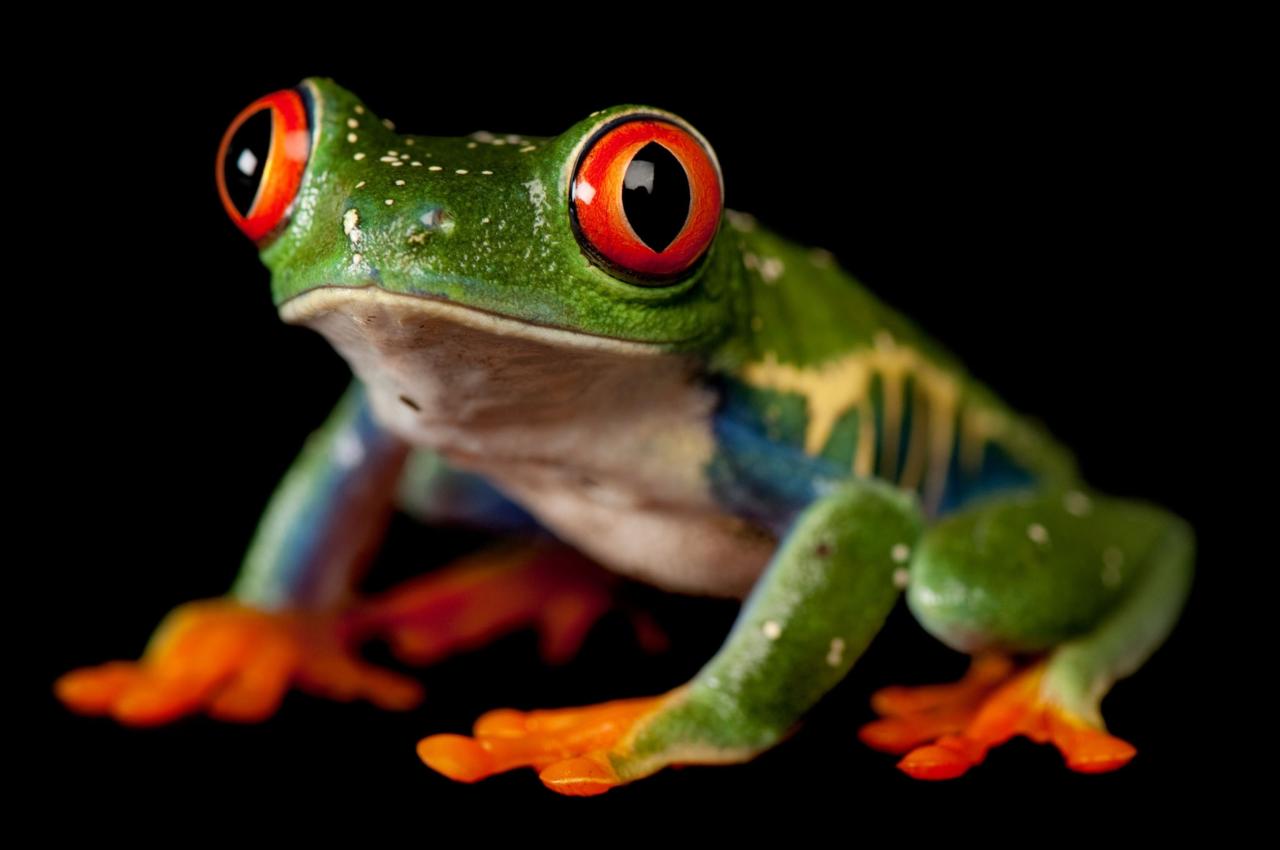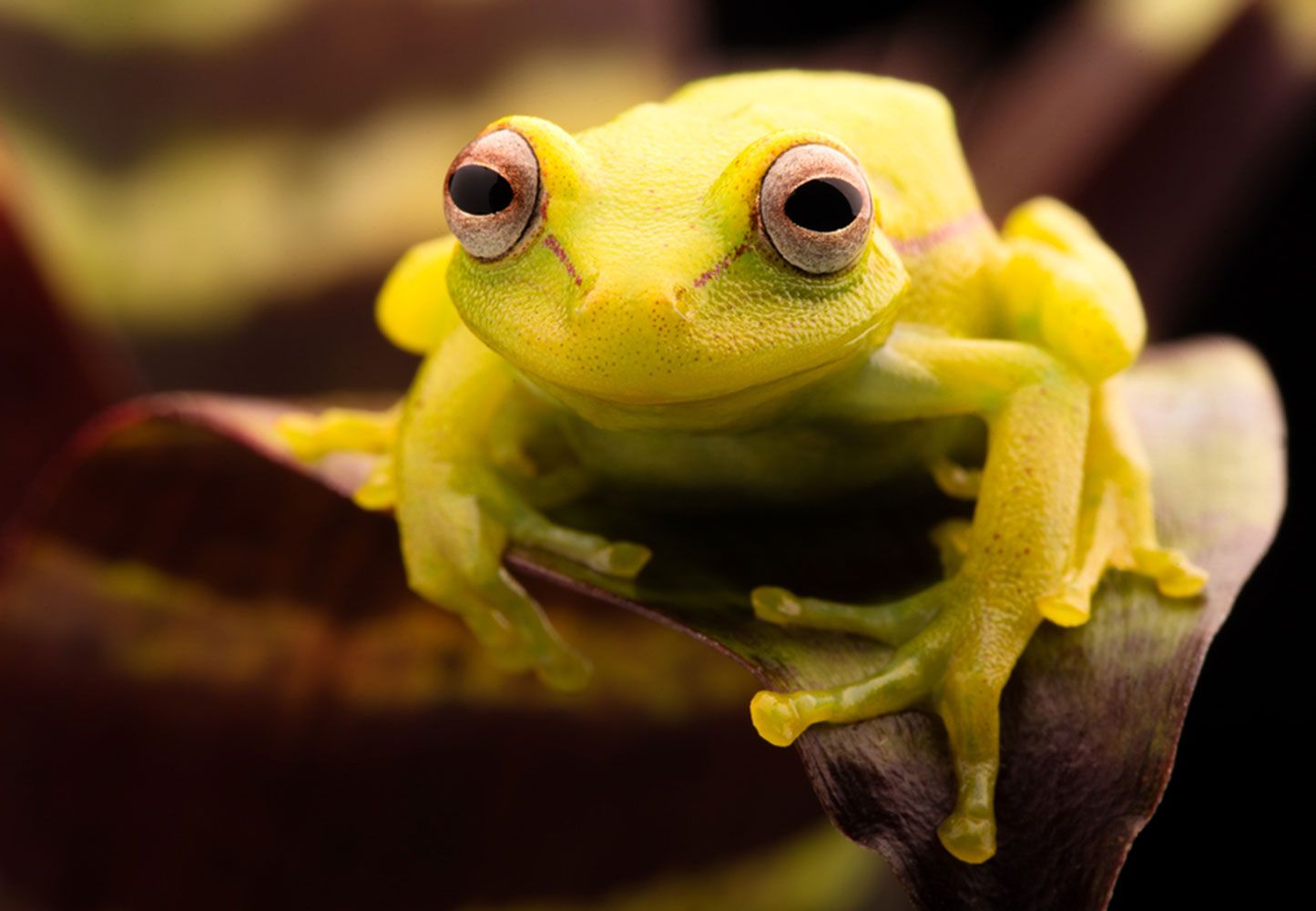Few creatures are as inextricably linked with a nation’s identity as the frog is with France. Far from being a mere biological inhabitant, la grenouille (the frog) holds a multifaceted and often contradictory place in French culture, language, and imagination. From a culinary delicacy to a derogatory national stereotype, a character in timeless fables to a critical indicator of environmental health, the frog’s presence in France is as pervasive as it is profound. This article delves into the rich tapestry of the frog’s significance in French life, exploring its culinary fame, linguistic impact, symbolic weight, and ecological importance.
I. The Culinary Icon: Cuisse de Grenouille
For many outside France, the first, and often only, association with French cuisine and frogs is the famous cuisses de grenouille – frog legs. This dish, while not consumed daily across all French households, is undoubtedly France’s most globally recognized amphibian contribution to gastronomy.
The preparation of frog legs is deceptively simple yet yields a delicate, tender meat often compared to chicken, though with a distinct, subtle flavor. Typically, the hind legs are skinned, seasoned, and quickly pan-fried in butter, garlic, and parsley. The result is a succulent, slightly garlicky morsel, often served as an appetizer. Historically, frog legs were a food of necessity, particularly for peasants and monks during Lent when other meats were forbidden. Over centuries, however, they transcended their humble origins to become a celebrated delicacy, a testament to the French ability to transform modest ingredients into exquisite dishes.
While cuisses de grenouille are a staple on many traditional French restaurant menus, especially in regions known for their freshwater sources like the Dombes region in Ain, it’s important to note that the vast majority of frog legs consumed in France today are imported. Countries like Indonesia, Vietnam, and Turkey are primary suppliers, as wild frog populations in France have declined significantly due to habitat loss and environmental changes. This reliance on imports highlights a paradox: a national culinary symbol that is largely sustained by foreign sources, reflecting both the dish’s enduring popularity and the ecological pressures on native species.
Despite its global fame, the consumption of frog legs within France is not universal. It remains a niche dish, enjoyed by enthusiasts and tourists seeking an authentic French experience, rather than an everyday meal for the average French family. Yet, its presence on menus and in cultural discourse firmly cements its status as an undeniable icon of French culinary identity.
II. The "Frog-Eater" Stereotype: Mangeur de Grenouille
Perhaps even more pervasive than the culinary reality is the stereotype of the French as "frog-eaters" – mangeurs de grenouilles. This moniker, often used by the British and other English-speaking nations, has a long and somewhat contentious history. Its origins can be traced back to historical rivalries, particularly between France and England, where it was employed as a derogatory term to belittle and mock the French.
The stereotype served to highlight perceived differences in diet and culture, positioning the French as exotic, perhaps even uncivilized, for consuming a creature deemed unusual by Anglo-Saxon standards. It became a linguistic weapon, part of a broader arsenal of nationalistic slurs exchanged over centuries. While the British were sometimes called "rosbifs" (roast beefs) by the French, the "frog" insult proved particularly sticky, due in part to the unusual nature of the dish and its vivid imagery.
Today, the "frog-eater" stereotype is viewed with a mix of resignation, amusement, and occasional irritation by the French. Many are aware of it and might even jokingly refer to themselves as mangeurs de grenouilles in a self-deprecating manner. However, when used by outsiders, it can still carry a patronizing undertone. It represents a persistent, if largely anachronistic, cultural shorthand for Frenchness, a symbol of historical animosity that has softened into a form of playful teasing. The French, for their part, have largely embraced their culinary heritage, even if the stereotype doesn’t fully reflect their modern eating habits.
III. The Frog in French Language and Literature
Beyond the plate and the stereotype, la grenouille leaps through the very fabric of the French language and its literary traditions, embodying wisdom, folly, and even corruption.
Etymology and Basic Vocabulary:
The word grenouille itself is believed to derive from the Vulgar Latin rana grossula, meaning "little frog," or perhaps from the sound it makes (gren-gren). French also distinguishes between la grenouille (frog) and le crapaud (toad), though culturally, the lines can sometimes blur, especially in figurative language where crapaud often carries more negative connotations (e.g., "ugly as a toad"). The act of croaking is coasser, and the sound itself is a coassement.
Fables and Moral Lessons:
The most enduring literary presence of the frog in French culture is undoubtedly in the fables of Jean de La Fontaine (17th century). La Fontaine, who masterfully adapted ancient Greek and Roman fables to French settings, frequently used animals to satirize human follies and convey moral lessons. Two of his most famous fables featuring frogs are:
- La Grenouille qui veut se faire aussi grosse que le Bœuf (The Frog Who Wished to Be as Big as the Ox): This fable tells of a frog who, envious of an ox’s size, puffs herself up repeatedly until she bursts. The moral warns against vanity, ambition beyond one’s means, and the dangers of comparing oneself to others. It’s a timeless lesson on humility and self-acceptance.
- Les Deux Grenouilles (The Two Frogs): In this fable, two frogs live in a marsh that dries up. One, pragmatic, advises moving. The other, lazy, insists on staying, believing rain will come. The latter dies, teaching a lesson about foresight, industry, and the perils of procrastination.
These fables are fundamental to French education, ingrained in the minds of schoolchildren, and their morals continue to resonate in contemporary discourse.
Idioms and Expressions:
The frog has also found its way into several vivid French idioms, reflecting various aspects of human behavior:
- Manger la grenouille (Literally: To eat the frog): This expression means to embezzle funds, to steal money, particularly from a common pot or a collective fund. It evokes the image of someone secretly devouring what belongs to everyone else, often with a sense of quiet greed.
- Avoir une grenouille dans le gosier (To have a frog in one’s throat): Similar to the English expression, it means to have a hoarse voice, often due to a cold or nervousness.
- Un temps à grenouilles (Frog weather): Refers to rainy, damp weather, ideal for frogs.
- Pleuvoir des grenouilles (To rain frogs): A hyperbolic expression for very heavy rain, similar to "raining cats and dogs."
These linguistic artifacts demonstrate how deeply embedded the frog is, not just as a creature, but as a conceptual tool for understanding and describing the human experience within the French language.
IV. Symbolism and Folklore
Beyond its literal and linguistic manifestations, the frog carries a rich symbolic weight in French folklore and broader European traditions.
Ancient Symbolism:
Frogs, with their remarkable metamorphosis from tadpole to adult, have long been symbols of transformation, rebirth, and fertility across various cultures. Their association with water also links them to rain, purification, and the ebb and flow of life. In ancient Gaulish and Celtic traditions, where water spirits and creatures were revered, frogs could have held a place as guardians of springs and wells.
Folklore and Superstition:
In French rural folklore, the frog’s perception has been mixed. Sometimes, it was seen as a creature of good omen, particularly in agricultural communities where its presence in ponds indicated healthy water and promised rain, crucial for crops. Its croaking could be interpreted as a sign of approaching weather changes.
However, like many nocturnal or marsh-dwelling creatures, frogs and especially toads (crapauds) could also be associated with witchcraft, dark magic, or ill omens in more superstitious times. Their slimy skin and bulging eyes sometimes contributed to an image of something uncanny or otherworldly. This duality reflects a common pattern in folklore, where creatures inhabiting liminal spaces (like water and land) often acquire both positive and negative symbolic attributes.
Modern Symbolism:
In contemporary France, the frog has also emerged as an important environmental symbol. Its sensitive skin makes it highly susceptible to pollution, habitat degradation, and climate change, rendering it a "canary in the coal mine" for ecosystem health. Conservation efforts often feature frogs as flagship species, raising awareness about wetland protection and biodiversity.
V. The Frog in French Ecosystems: Beyond the Plate
While much of the discussion revolves around the cultural perception of frogs, their actual biological presence in France is vital. France is home to a variety of native amphibian species, including several types of frogs and toads, each playing a crucial role in local ecosystems.
Native Species:
Common French frog species include:
- Rana temporaria (Common frog): Widely distributed, found in forests, grasslands, and gardens near water.
- Pelophylax esculentus (Edible frog): A hybrid species often found in ponds and slow-moving waters, and historically one of the species targeted for consumption.
- Hyla arborea (European tree frog): A small, vibrant green frog known for its climbing ability and loud croaking.
- Alytes obstetricans (Midwife toad): Famous for the male carrying the eggs wrapped around its legs until they are ready to hatch.
These amphibians are integral parts of their food webs. As tadpoles, they graze on algae, helping to keep aquatic environments clean. As adults, they consume insects, slugs, and other small invertebrates, acting as natural pest controllers. In turn, they serve as a food source for birds, snakes, and small mammals.
Conservation Challenges:
However, like amphibians globally, French frog populations face severe threats:
- Habitat Loss: Urbanization, agricultural expansion, and drainage of wetlands destroy their breeding grounds and foraging areas.
- Pollution: Pesticides, herbicides, and other chemical runoff contaminate water sources, directly harming frogs and disrupting their reproductive cycles.
- Climate Change: Altered rainfall patterns and rising temperatures can affect breeding seasons and water availability.
- Disease: The deadly chytrid fungus (Batrachochytrium dendrobatidis), a global amphibian killer, is also present in France, posing a significant threat.
- Road Mortality: Frogs often cross roads during migration to breeding sites, leading to high mortality rates.
French environmental organizations and government agencies are actively involved in amphibian conservation, implementing measures such as habitat restoration, creation of wildlife corridors, public awareness campaigns, and monitoring programs. The goal is to protect these ecologically vital creatures, ensuring that la grenouille continues to thrive in French natural landscapes, not just in its cultural imagination.
Conclusion
The frog in French culture is a creature of immense depth and contradictory symbolism. From the delicate cuisse de grenouille savored in fine dining establishments to the historical "frog-eater" slur, the amphibian has become an inseparable part of France’s global identity. Its croaks echo through the moral lessons of La Fontaine’s fables, and its presence is felt in the nuanced expressions of the French language. Beyond these cultural constructs, the frog is a tangible, living organism, a sensitive barometer of environmental health, whose struggle for survival in the face of modern challenges underscores its importance far beyond human perception.
Ultimately, la grenouille embodies a complex tapestry of relationships: culinary tradition, national pride and prejudice, literary heritage, ancient folklore, and ecological responsibility. It is a testament to how deeply a single creature can permeate the consciousness of a nation, reflecting its history, humor, wisdom, and ongoing journey with the natural world. The frog, in all its forms, remains an enduring and essential character in the ongoing narrative of France.


